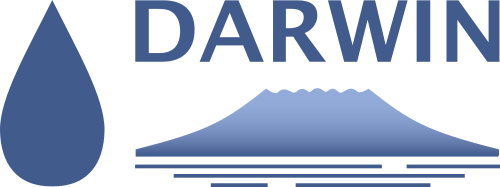Abstract:
Though the relevance of pasture degradation on the Qinghai-Tibet Plateau (QTP) is widely postulated, its
extent is still unknown. Due to the enormous spatial extent, remote sensing provides the only possibility
to investigate pasture degradation via frequently used proxies such as vegetation cover and aboveground
biomass (AGB). However, unified remote sensing approaches are still lacking. This study tests the appli-
cability of hyper- and multispectral in situ measurements to map vegetation cover and AGB on regional
scales. Using machine learning techniques, it is tested whether the full hyperspectral information is
needed or if multispectral information is sufficient to accurately estimate pasture degradation prox-
ies. To regionalize pasture degradation proxies, the transferability of the locally derived ML-models to
high resolution multispectral satellite data is assessed. 1183 hyperspectral measurements and vegeta-
tion records were performed at 18 locations on the QTP. Random Forests models with recursive feature
selection were trained to estimate vegetation cover and AGB using narrow-band indices (NBI) as predic-
tors. Separate models were calculated using NBI from hyperspectral data as well as from the same data
resampled to WorldView-2, QuickBird and RapidEye channels. The hyperspectral results were compared
to the multispectral results. Finally, the models were applied to satellite data to map vegetation cover and
AGB on a regional scale. Vegetation cover was accurately predicted by Random Forest if hyperspectral
measurements were used (cross validated R2 = 0.89). In contrast, errors in AGB estimations were consid-
erably higher (cross validated R2 = 0.32). Only small differences in accuracy were observed between the
models based on hyperspectral compared to multispectral data. The application of the models to satellite
images generally resulted in an increase of the estimation error. Though this reflects the challenge of
applying in situ measurements to satellite data, the results still show a high potential to map pasture
degradation proxies on the QTP. Thus, this study presents robust methodology to remotely detect and
monitor pasture degradation at high spatial resolutions.




